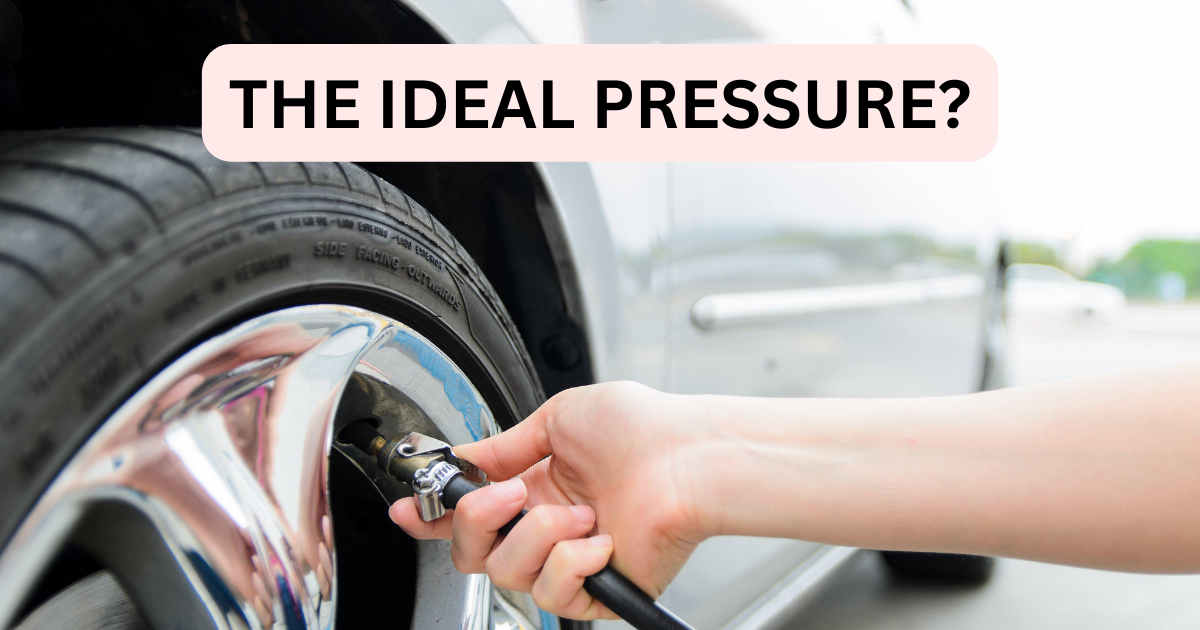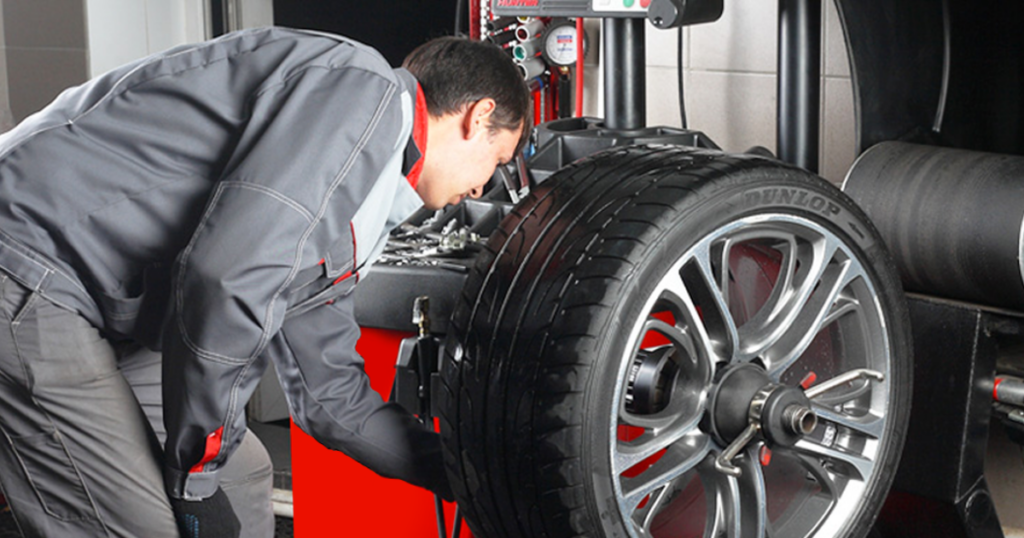
The ballet floor is not the only place where you hear the word “balancing.” This term is also frequently used in auto repair shops. When a manufacturer develops a set of tires or wheels, they are not identical in weight, even if they differ by just a few ounces. All-wheel and tire components must be balanced, as even little variations might lead to severe problems.
A well-balanced set of tires results in a more comfortable ride, reduces wear on the tires, decreases stress on the gearbox, and lowers maintenance costs. Tire balancing is essential to maintaining your vehicle’s tires, so if you’re asking, “What does tire balancing mean?” you should read on.
Understanding Tire Balancing

In simple terms, tire balancing or wheel balancing is adjusting the weight distribution in a set of tires. Vibration, premature tire wear, suspension damage, and other issues might result from poorly balanced wheels.
Balancing your tires is like giving your wheel and tire assemblies an oil change. Tire balancing ensures the load is evenly distributed throughout the tire and wheel’s circumference. Wheel and tire assemblies require tiny weights to achieve tire balance.
Balancing vs Alignment: The Same Thing?
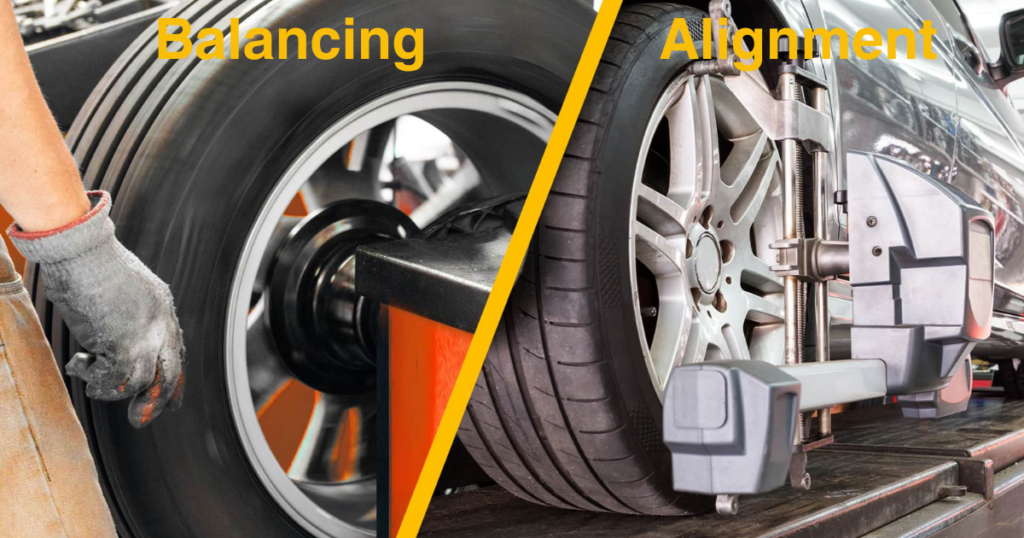
A common misunderstanding is that the tire balancing and wheel alignment are the same. While both services contribute to a smoother ride, tire balancing differs entirely from wheel alignment. Let us look at the basic difference between both at a glance.
Wheel Alignment
Tire or wheel alignments are adjustments to the suspension system that connects the wheels to the vehicle. It has nothing to do with adjusting the wheels or tires. Instead, it aligns a set of wheels by fixing their angles to be parallel and perpendicular to the ground.
Tire Balance
Tire or wheel balancing is adjusting the weight of individual tire-wheel assemblies to ensure a proper fit. Vibration, premature tire wear, suspension damage, and other issues might result from wheels that are not balanced.
How Do Tires Get Out of Balance?
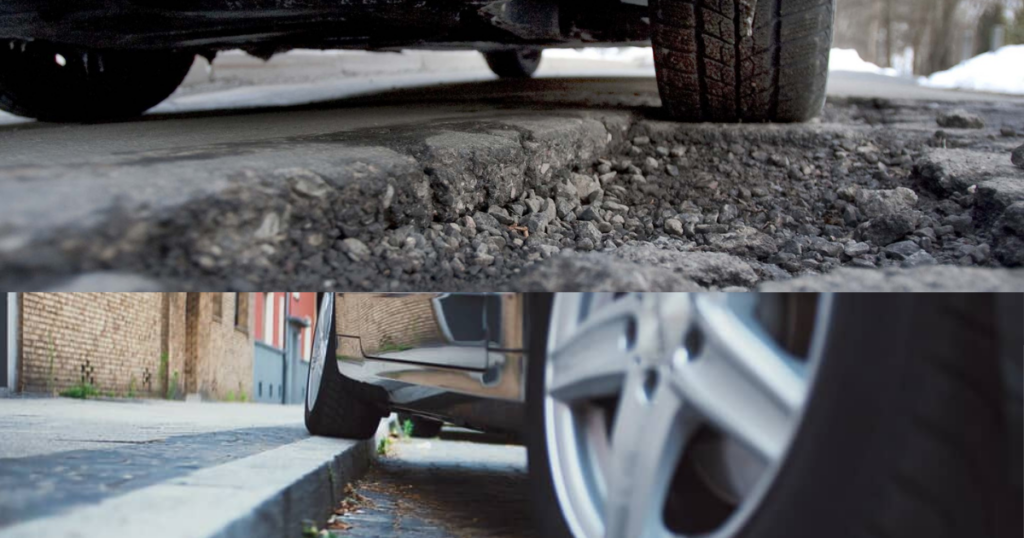
Internal Reasons
- Daily wear and tear on tires.
- Improper weight distribution.
- Bad driving habits.
- The tread has flat spots due to the car being parked for an extended period.
External Reasons
- Improper tire-wheel installation.
- Hitting a curb or pothole.
- Flat Tires.
- Imbalanced wheels or rims.
- Incorrect tire pressure.
Balancing Your Tires – Why And When?

Rotating tires with uneven weight distributions can transfer periodic stresses and torques to the axle, interrupting the ride through vertical and lateral vibrations. Suspension of your car can be stimulated when the frequency of the wheel’s rotation is equal to the resonant frequency of the suspension, and both the frequency and intensity of ride disturbance increase with speed.
Regular tire balancing should be performed every 5,000 to 10,000 kilometers (3106 – 6213.7 miles) or once every 1-2 years (whichever comes first) as part of routine maintenance.
Tires must also be balanced when:
- Buying new Tires, Rims, or Wheels.
- Rotating the tires
- The tires are fixed if they are flat or damaged.
- A Massive Pothole damages the Car.
- Servicing as per the regular schedules.
- You notice vibrations and uneven tread wear.
How Tires Are Balanced?
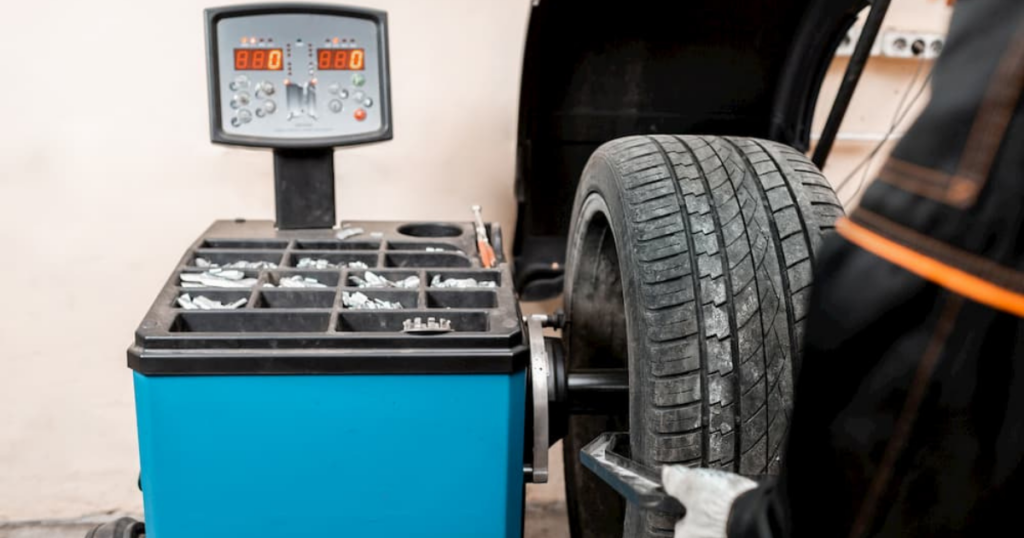
In manufacturing facilities and service centers, tire balance is checked using static or dynamic balancers. Tires that have significant imbalances are often rejected. When tires are mounted to wheels at the point of sale, they are measured on a balancing machine, and correction weights are used to balance their combined imbalance.
Static Balancing

Static balancing is the simplest and most effective solution if the tire’s imbalance is insignificant. The following steps are used in the service centers to perform static balancing:
- The tire is mounted vertically on a fixed spindle.
- The side with more weight will lean downward.
- The mechanic adds the necessary weight to achieve tire balance.
Dynamic Balancing
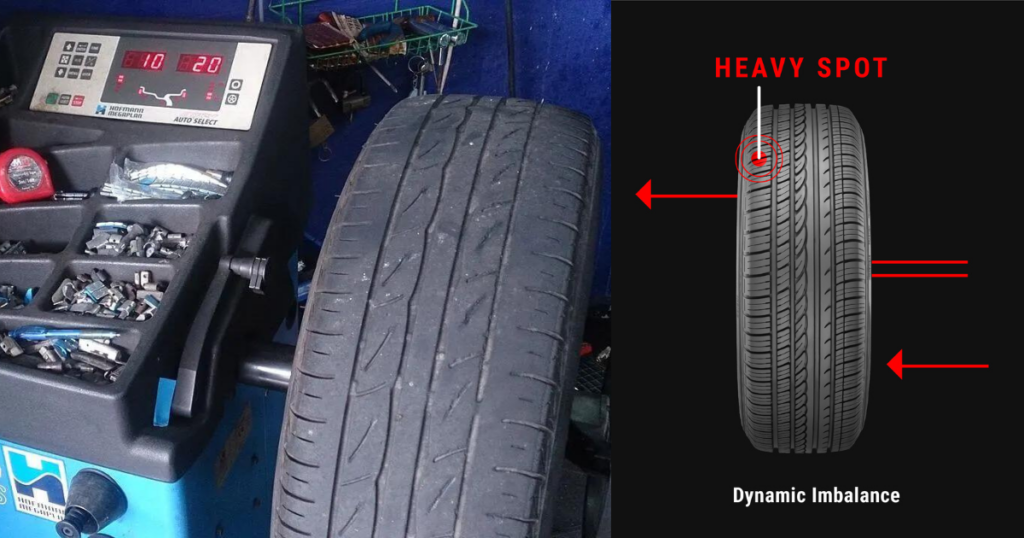
Dynamic balancing is a technique used for more extreme cases of tire imbalance involving spinning computer balancers to assess the tire on all three axes.
The following are the steps for dynamic balancing:
- The tire with the wheel is mounted on the balancing machine.
- The machine spins the wheel, and its sensors record the vibrations.
- The computer advises where and how much weight to be placed.
- Small weights, either clip-on or adhesive, are put on the inside and outside of the wheel for precise balancing.
Signs Your Tires Need Rebalancing

Drivers may experience several problems as a result of uneven tires. Therefore, it is critical to understand the most typical signs and how to address them. The tire will roll smoothly when the weight of every part of the tire-wheel assembly is equal. The following are the most common symptoms of imbalanced tires:
Difficulty in Steering
If you are having trouble managing the steering control of your vehicle, a possible reason is unbalanced tires. The wheel rotates in one direction due to the unequal distribution of weight. You may also notice that your steering wheel feels heavier than usual or vibrates when you drive.
Uneven or Fast Tread Wear
It is usual for the tire tread to become shallower gradually over time. Uneven or fast tread wear is usually caused by improper balancing or alignment, overinflation, underinflation, or a worn-out suspension. If a tire rotates at an incorrect angle, it will wear out faster than the other tires.
Shaking the Steering Wheel, Floorboard, or Seat
It’s interesting to note that the area of your car that trembles could indicate whether the front or rear wheels need to be balanced. If the vibration is in the steering wheel, it is most likely because of the front tires. If the seats are vibrating, then the back tires are imbalanced.
Increased Fuel Consumption
Poor fuel efficiency might also result from imbalanced car tires since the engine must work harder to compensate for the imbalance. Over time, this can result in increased gasoline expenditures.
Issues with the suspension
A damaged suspension can cause sagging and noise and affect tire balance. While you can still drive, the ride will be rough, and the car will be difficult to control in any emergency.
Damaged Shocks and Wheel Bearings
Wheel bearings might be worn out if damaged shocks-struts aren’t fixed. Tires wear out quickly due to the side-to-side wobbling produced by poor wheel bearings.
Benefits Of Tire Balancing
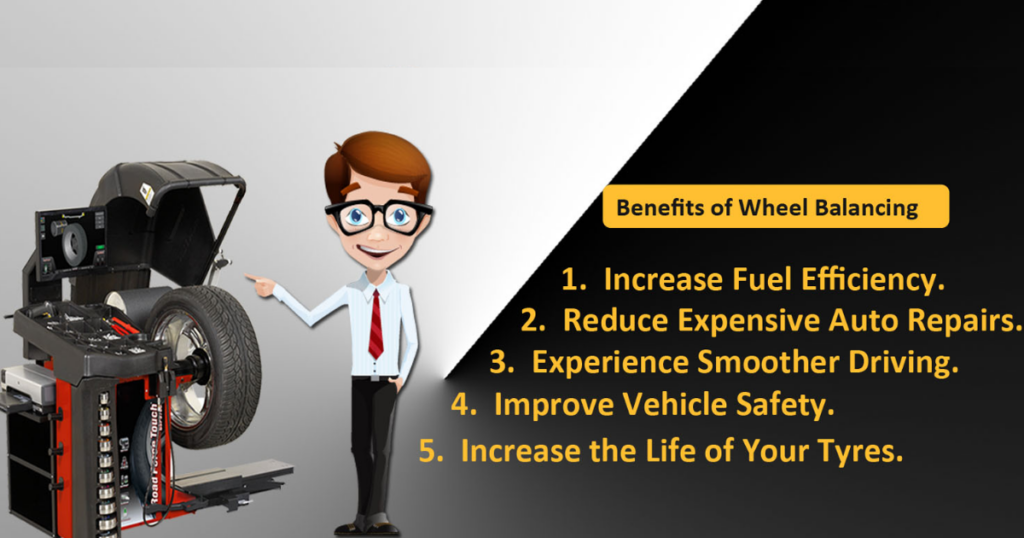
You might think it is crucial to get your tires balanced, but why is that? The primary advantage of tire balancing services is that they prevent premature tread wear. The advantages of having your tires professionally balanced may include:
- More comfortable ride
- There will be minimal tire damage.
- Reduced stress on the gearbox
- improved fuel economy
- less rumbling and clattering
How Long Can You Drive On Unbalanced Tires?
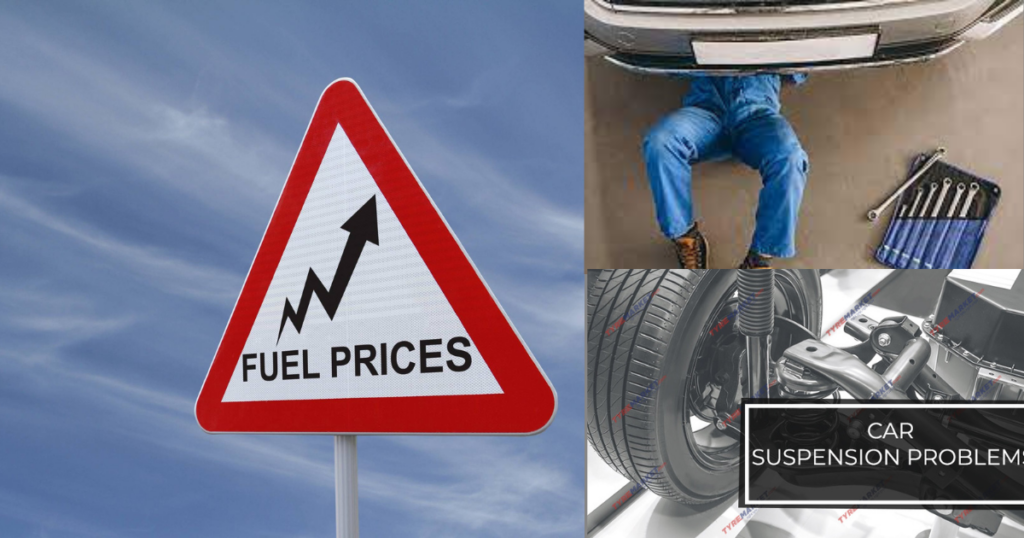
Uneven tires will not fix themselves, unfortunately. A qualified technician is required to fix this problem. You should take your car in for service when you feel a vibration. Driving your car with imbalanced tires will eventually result in:
- Uncomfortable rides.
- Increased fuel costs.
- Heavy maintenance expenditures.
- Suspension system malfunctioning.
Conclusion
Wheel balancing and alignment are crucial to vehicle maintenance, contributing to its stability and performance. Proper wheel balancing ensures the vehicle’s load is evenly distributed across all tires, eliminating vibrations and wobbling.
Balanced and aligned tire-weel assembly results in a more comfortable ride and a longer life for components like the car’s suspension and tires. Additionally, rolling resistance is decreased when wheels are balanced, leading to greater fuel economy. Imbalanced tire leads to uneven tread wear and higher friction.




